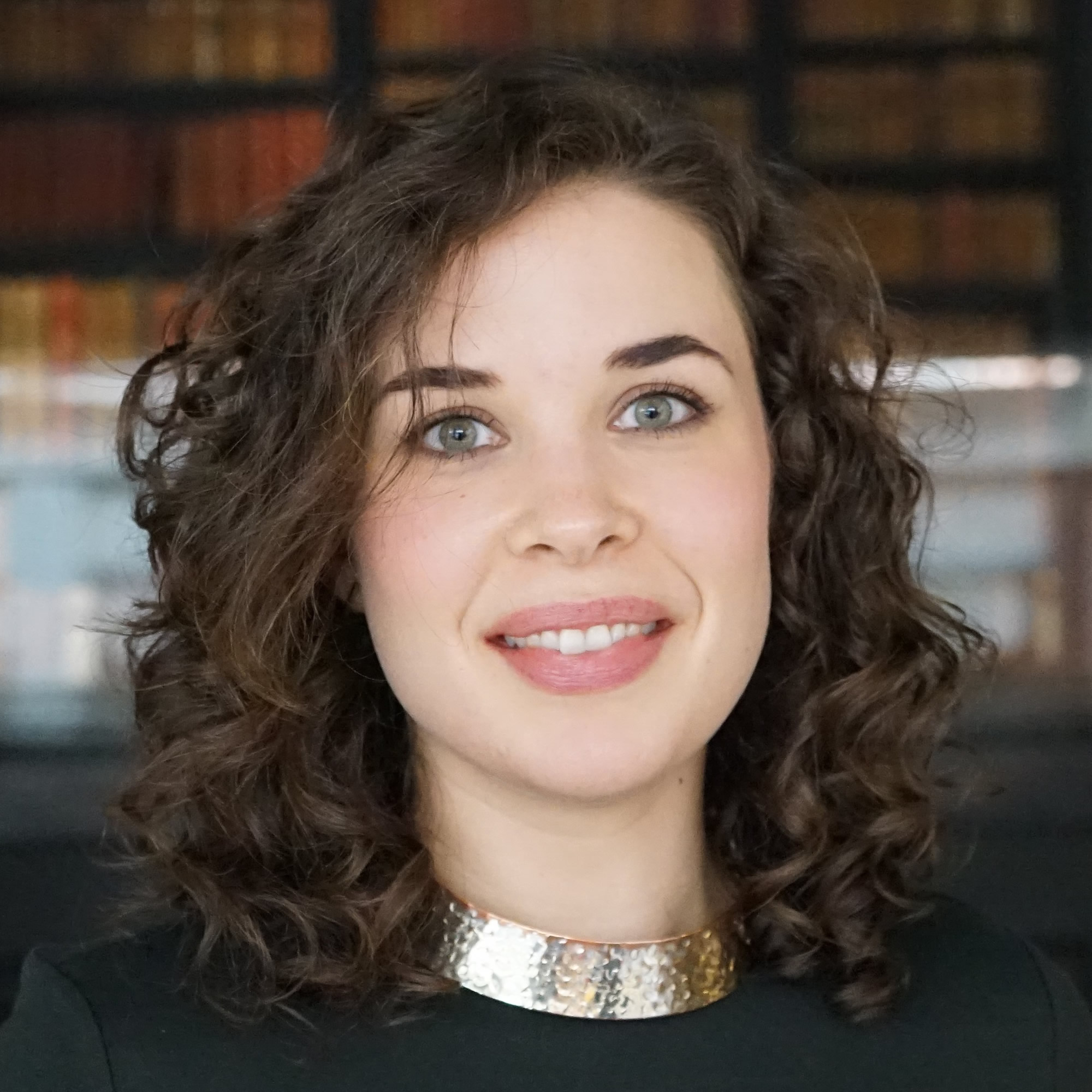
Monika Kreitmair
Fellow
University of Surrey
Dr Monika Kreitmair is a Surrey Future Fellow at the University of Surrey. Her research focusses on the impact of uncertainty on the prediction of renewable energy resources, and its interaction with policy. Before Surrey, Monika spent 4 years as a Postdoctoral Research Associate at the University of Cambridge, exploring the impact of underground infrastructure on the subsurface thermal climate and how uncertainties affect geothermal resource assessment. She was also a Cambridge Zero David MacKay Research Associate and organised public events at the Cambridge Zero Climate Change Festival. She previously explored the impact of uncertainty on tidal stream energy assessment in her PhD at the University of Edinburgh, with her thesis being selected to be published as part of the Springer Theses book series, where she also completed her MSc in Sustainable Energy Systems with Distinction. Monika also holds a Master of Physics from the University of Oxford.
Finding common ground: A methodology for city-scale subsurface thermal modelling
The presence of anthropogenic infrastructure within the ground under cities can act to increase the temperature of the subsurface in a phenomenon known as the subsurface urban heat island effect. Large city-scale numerical subsurface temperature models accounting for both the heat fluxes stemming from human-made structures as well as hydrogeological variation are often computationally prohibitive due to the vastly different scales of modelling required. We present a novel and scalable methodology for the determination of the subsurface thermal climate beneath urban centres at a holistic scale, grouping volumes of ground into archetypes according to common thermal behaviours, identified using supervised machine learning algorithms. We apply this methodology to two boroughs in the centre of London, UK, with the results showing good agreement with a higher-resolution model for one of the boroughs. We further demonstrate the scalability of the approach by modelling the boroughs sequentially, where the second borough was modelled at little to no additional computation cost at a loss of accuracy in the local depth-averaged temperature between 0.10 and 0.23 degrees Celsius. This methodology is an important step towards determining large-scale subsurface climate beneath cities, providing insights for various applications, such as an improved understanding of geothermal energy potential.